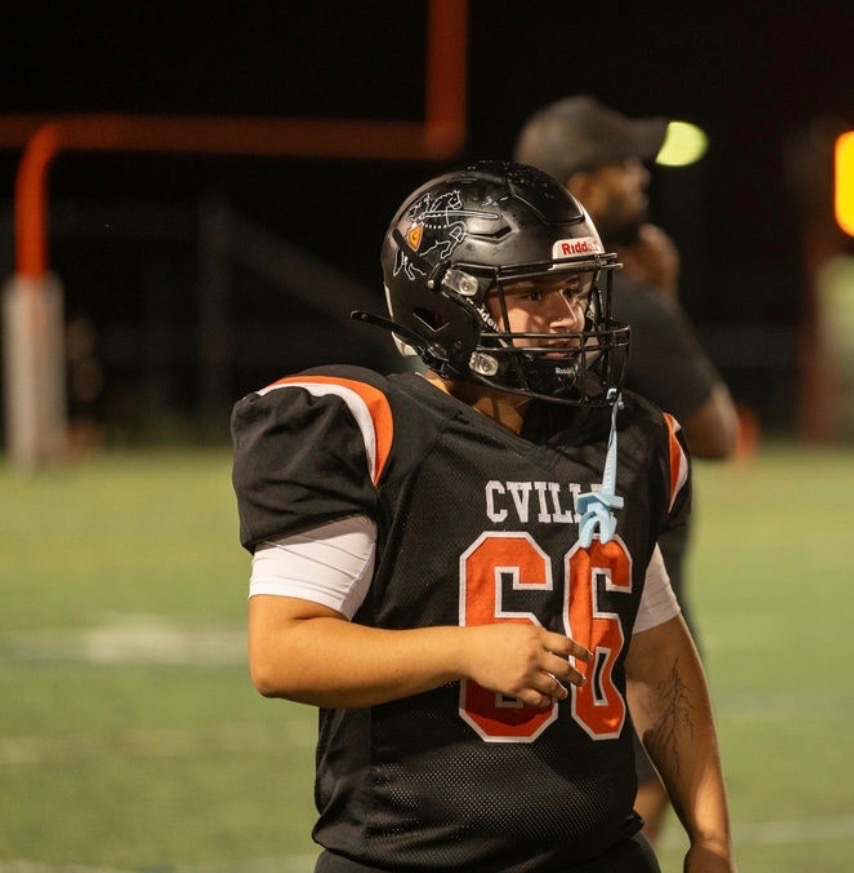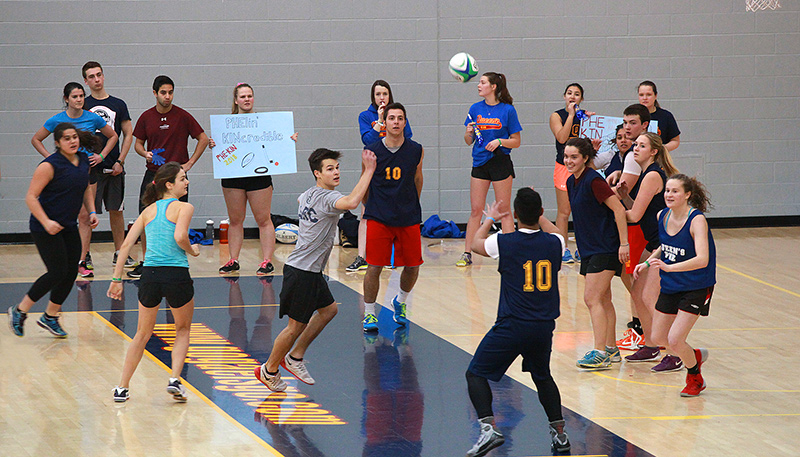Hey teenagers! Having trouble saving money? Unsure where to invest, how to invest, or where to prioritize your funds? Here is KTR’s best and most basic financial advice for your introduction to saving and spending.
First, saving. After interviewing Jim Daly, CHS Economics and Personal Finance teacher, it became clear that the first step in increasing your funds as a teenager is not saving, it’s budgeting.
“You can’t set up a budget if you don’t know how much you have coming in each month. So before you say I’m going to save half my money for college or invest thirty percent of it in the stock market you have to know how much is coming in each month,” shared Mr. Daly.
Even as a student without a consistent source of income, budgeting is still an option. Whether it’s money you make at your weekly job, selling clothes here and there, or babysitting, it’s important to keep track of the amount of money you make and the amount you spend. Based on this, you can decide how much you should be spending each month, based on what your saving goals are.
You can effectively budget using something as simple as a spreadsheet, or something more complex like online banking apps that can provide comprehensive layouts of your spending in the form of pie charts or graphs. Budgeting gives you a better understanding of the money you have, and can help you establish goals for yourself. If you feel disappointed with the amount of money you have saved, take some time to break down your flow of money, and work from there!
After budgeting, you can turn your eyes to making more money. “Increasing your income is one of the keys to saving. So start to learn more about stocks and mutual funds and index funds. Index funds allow you to invest in the top thirty, or the top five hundred companies, and you just let that money sit there and grow,” says Mr. Daly.
The easiest way to begin increasing your income, especially for those who don’t know much about this area of finances, is to begin in a conversation with your family or any trusted adult. Someone who knows your financial situation and your personal capabilities well can best advise you on how to pursue a job, a purchase of stocks, or an investment.
Setting aside money as a teenager may seem pointless to some, especially for those who plan to make higher salaries after they graduate from high school. While the bit of saved money may not be that helpful for you in later life, the habits you establish when you prioritize saving go a long way. If you get into the practice of putting money aside consistently, those habits will come easily later in life when saving is an essential skill, and when you are dealing with much larger quantities of money.
In terms of spending, KTR’s best advice is to slow down and think. Based on your budget (seeing how much you spend each month) and the specific breakdowns of where that money is going, consider if you are using your money in the best way for you. Mr. Daly actually encourages people to spend their money on the things they love most: if it’s watching movies, eating out with friends, or buying clothes, spend your money in the areas that bring you the most joy.
While you choose where to spend your money, consider thinking before you spend it– for smaller but frequent purchases, like buying food, think about how often you buy food and when you could opt to eat at home or pack a lunch. For larger purchases, like expensive clothing, KTR recommends thinking for a few weeks before buying something pricy so that you can make sure you really want it. These are just some easy ways to make the money you have go a long way!















